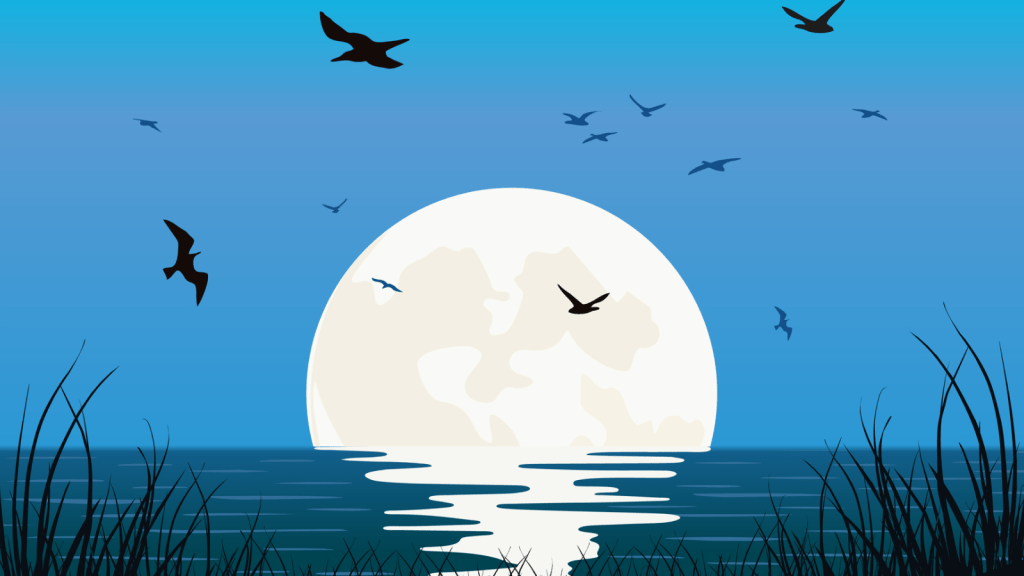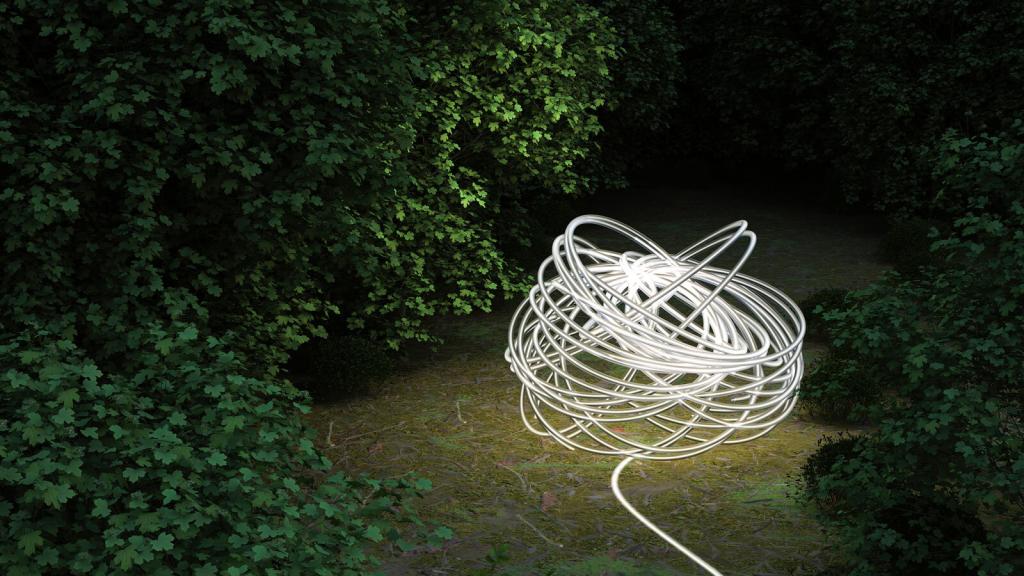Hey there,
Sometimes life, especially recently, can feel like fiction. (“Is it really true that our kids are back at school after 18 months?,” my wife and I ask ourselves.) At other times, fiction can inform — and shape — life.
That’s the premise of Imagine 2200, Fix’s climate-fiction contest: that imaginative storytelling done right can bring into focus what a just, non-sucky world could look like — and provide the vision to go ahead and make that world a reality.
When we launched the contest earlier this year, challenging writers to create compelling stories about what the world could be in 180 years, we didn’t know what to expect.
We certainly didn’t expect to receive 1,100 submissions from people in 87 different countries. (Whaa?) On the other hand, what we dreamt about was exactly what we got: a stunning collection of stories that elevate diverse voices and bring new perspectives to the vital work of setting a north star, a vision for what a regenerative, functional world could be in the age of climate change.
You can read (or listen to!) the final 12 stories on the Fix site now. I’m seriously flipping out about this project — I think it may be one of the most important contributions to the climate cause our organization has made in the last many years. In other words, check this stuff out!
And if you want to learn more about how the project came to be, we’re hosting a virtual celebration this Monday. Tune into Grist’s social-media channels (Twitter, Facebook, and Youtube) at 2 p.m. ET / 11 a.m. PT for a panel with Imagine 2200’s splendiferous judges and my colleague Tory Stephens, who dedicated much of his last year to this project. They’ll talk about writing climate fiction and creating visions for our planet’s future that are grounded in justice and abundance. Register here.
Please tell me what you think of the project. And as always, please ask your friends to consider subscribing to Shift Happens.
Chip Giller
Grist Founder & Creative Officer
@cgiller
Read the winning stories

- The blue ribbon for Imagine 2200 goes to Lindsey Brodeck for her story Afterglow. As the wealthy flee Earth, a young woman must decide whether to follow her partner to a new world or stay behind to try to rehabilitate the one she’s always known.
- Second prize in the contest goes to Saul Tanpepper for The Cloud Weaver’s Song. In this fable-like tale, a city is built higher and higher into the sky to be able to harvest water from the clouds — but two young workers discover that there may be a better way to live.
- The third-place story is Tidings by Rich Larson. This series of vignettes takes you to 2132, as technological advancements let robots gobble up plastic waste, tattoos livestream video, and people communicate with non-human animals.
The rest of the nine stories in the collection are equally worth your time. They explore the future of concepts ranging from vertical farming to Indigenous sovereignty to commune living. In one beautifully told tale, survival takes on a new meaning for the last individuals of four species. In another, trans girls find acceptance and security among coral colonies, as sole survivors of a devastating Caribbean flood. (More from author Ada M. Patterson immediately below.) Each story also comes with extraordinary original artwork, a complete audio version, and a vision — or at least a flicker! — of hope for the future.
Get to know the authors
When writers from different backgrounds envisage the future, the tales they tell can expand our ability to imagine a better planet. That’s a foundational idea behind Imagine 2200 — and the Fix team wanted to explore it further by interviewing a few of the writers about their work. I learned a heckuva lot reading the interviews. Don’t miss them. Here’s a preview:
Lindsey Brodeck, author of the winning story Afterglow, spoke about how her study of environmental science and language influences her work.
I’ve always been drawn to science fiction and climate fiction because of my interest in biology and environmental studies. The first story I wrote was when I was 7, and it was called The Magic Tree. It was about this tree that could give this family any food that it needed at the time that it most needed it.
[In my story for Fix,] I didn’t want to only present tangible solutions, like solar panels or community gardens. I wanted to have a linguistic revolution go with that. How we view nature and our role in nature is just as important. I hesitate to even make it seem like it’s “us and nature,” because what I was trying to show was that really there is no boundary at all. If the English language expressed nature as something dynamic and connected and not something that can be owned, I truly believe that we’d be less likely to exploit it.
Ailbhe Pascal, author of Canvas — Wax — Moon, who self-identifies as a queer witch, says envisioning the future for their communities was key in writing thetheir piece.
Climate fiction, for me, is an opportunity to imagine the people I know now being elders and being celebrated and imagining what we get to see in our children’s children or children’s children’s children. That in and of itself is like healing for us now, because we really need to believe that we’re going to be elders. And by “we,” I mean folks of color, sick folks, and neurodivergent folks. I mean folks who are targeted by violences and who are surviving right now. And when I think about climate, place, environment, who do I want in that place and environment? What [survivors] do I want in that future? I want my people, my community.
Healing is literal in this story: Two siblings are on a search for medicine. And there’s also real trust in disabled people, in neurodivergent people, and in plants to be healers. That’s part of a wider shift that needs to happen as we fight the climate crisis and capitalism, and work toward something new and healed.
Ada M. Patterson, author of Broken From the Colony, spoke about the challenge of imagining a hopeful future for her home country of Barbados.
A lot of my work has responded to experiences of climate crises, specifically intensifying hurricane seasons in the Caribbean. It takes the form of short films, performances, and poetry interwoven into film. I don’t usually write prose.
A lot was going on [when I wrote this story]. I was in my first few months of taking hormones. I was having conversations with queer and trans friends about this experience and trying to find the language to give words to it, and to the grief we’ve all been feeling in light of climate-intensified hurricanes. How do you account for a hurricane not only being a threat, but a promise?
I’m trying to imagine what comes after the grief. Once the island is lost, then what? I appreciate the prompt of the contest: trying to imagine a future that has a sense of hope to it. That was difficult for me. I wanted to approach it in a way that honored the truth of what’s probably going to happen while thinking that there could still be life afterwards, even if it’s not human life.
Read the full Q&As with Brodeck, Pascal, and Patterson. (Warning: There are spoilers!)
Expand your vocabulary
I’m sure you’ve spent nights awake wondering where the suffix topia comes from. Or what the heck hopepunk is anyway. Or how to differentiate Afrofuturism from Africanfuturism.
Fear not! The Fix team put together a groovy glossary exploring many of the genres and movements related to climate fiction. Crafting a future that doesn’t suck isn’t just, or mostly, about imagining organic kale in every pot; it’s about building a world that works for everyone. The guide also has tons of great examples of works of fiction to add to your reading and watching lists (once you’ve made your way through Imagine 2200).
Have some serious fun this weekend
Make a plan for your passing

OK, this might not sound like fun, but hear me out. I’ve been thinking over another story from Imagine 2200: The Tree in the Back Yard by Michelle Yoon. It depicts a world where tree burial has become the norm — where human remains are planted in special pods to nourish the roots of saplings. Inspired by the story, my colleague Claire Elise Thompson wrote a companion piece exploring various forms of green burial that are on offer today — from mushroom suits to human composting — as well as the environmental impacts of the conventional death industry, and the cultural and religious significance that comes with all of this.
So: If you haven’t already made a plan for what you want to happen to your body after you leave it, why not consider it now? Green burial isn’t just a statement for the greenest freaks among us (I’m looking at me). “Whether through the lenses of personal faith or secular society or science, we all recognize that circular notion of life and death,” says Hannah Rumble, a social anthropologist. “The fact that, perhaps, you exist in some other form because your body’s gone back to the soil, that offers great solace to people.”
Get yourself a bit of solace — read up and consider how you want your body to replenish the earth once you’re done with it. Think you’ve got a particularly killer plan? Reach out to let me know about it. If I hear from a passel of you, I’ll share out ideas in a future newsletter. (My own intention is to be buried under a tree in a linen shroud on an island in the Pacific Northwest. Though I’d also settle for being rolled up and smoked, Willie Nelson-style.)



